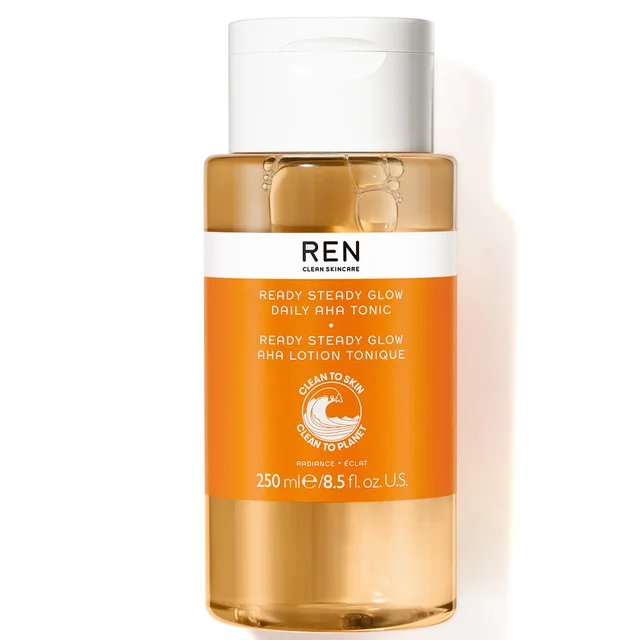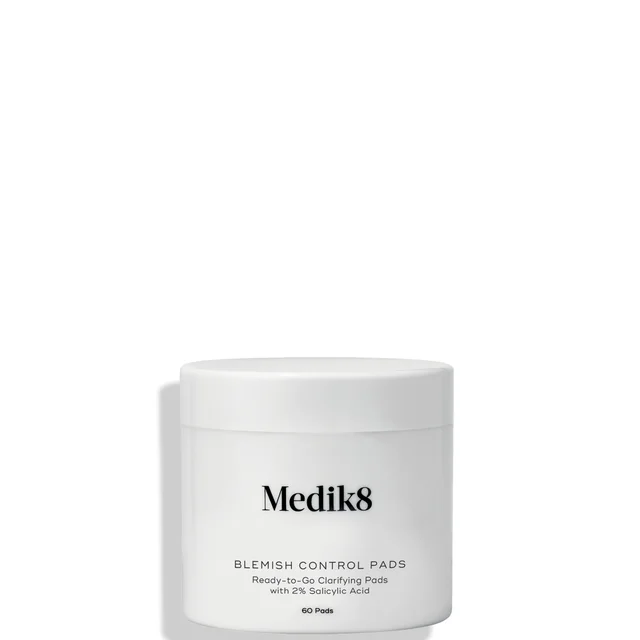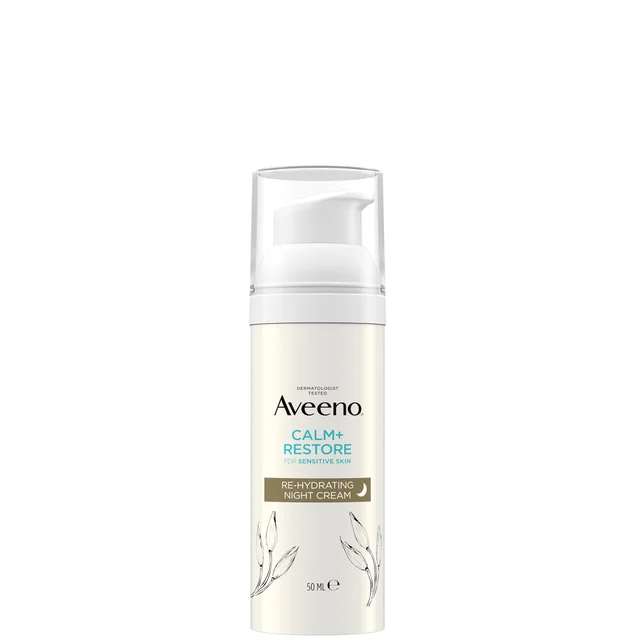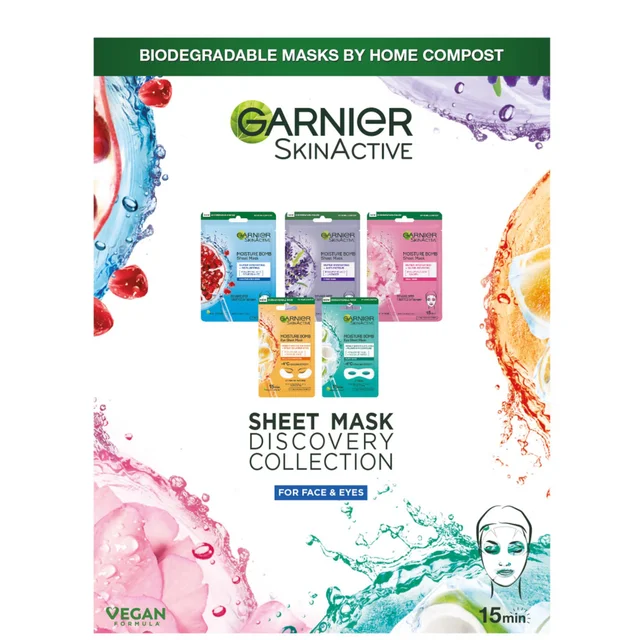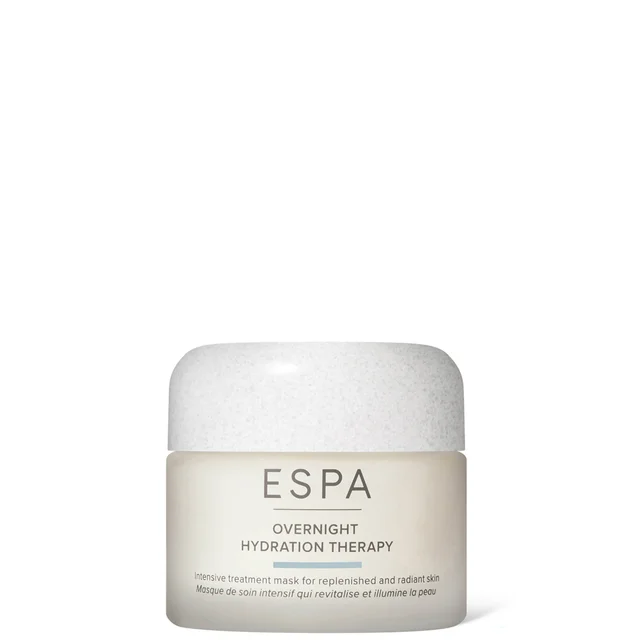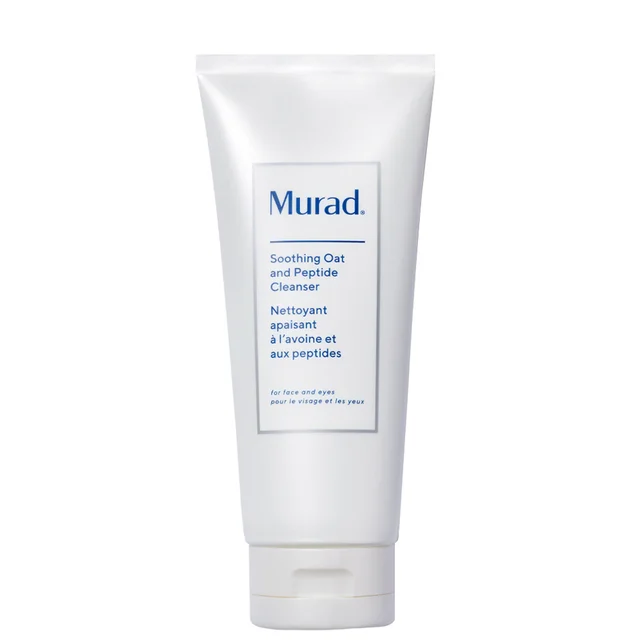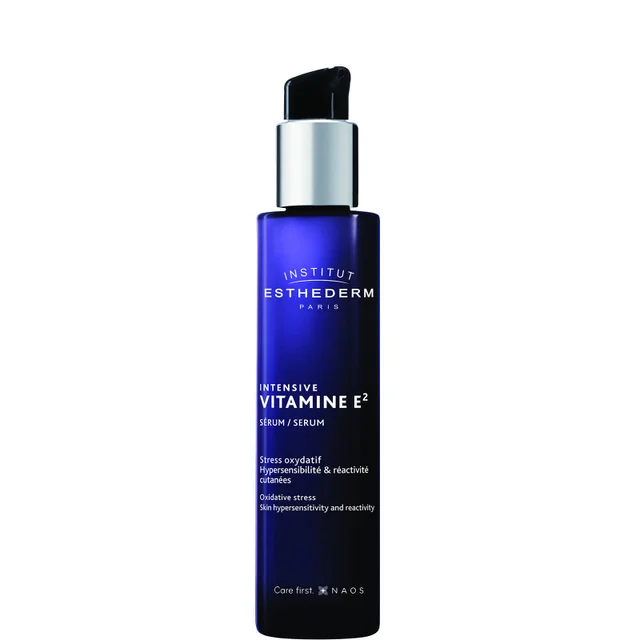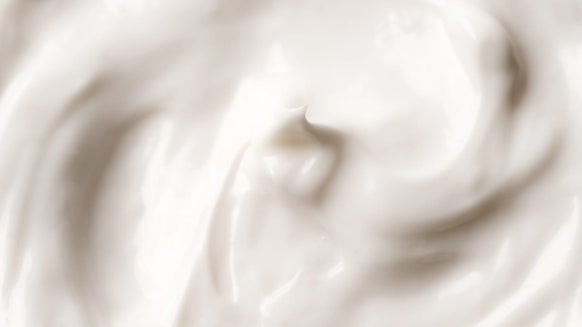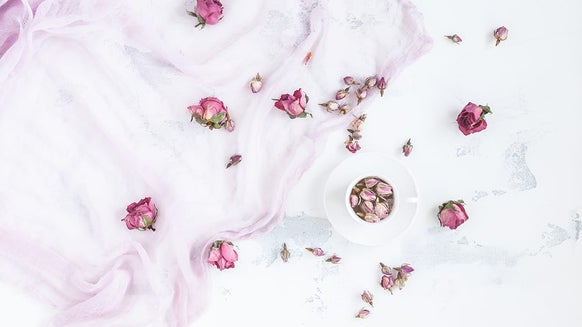What is my skin type?
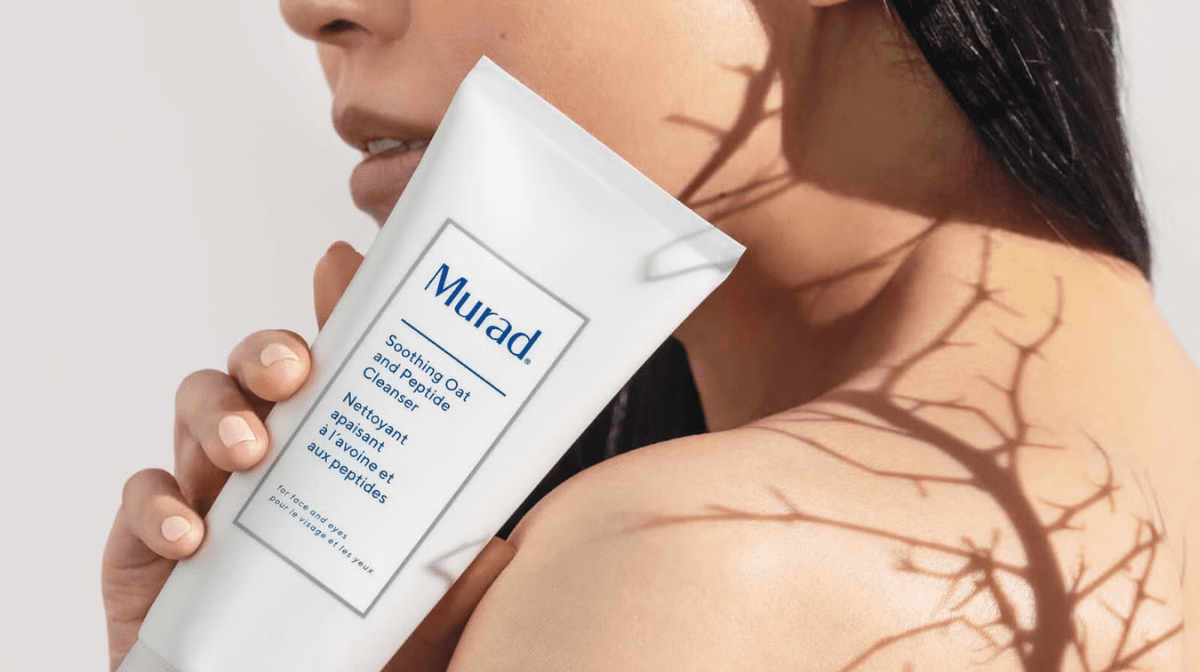
Understanding your skin type and its specific needs can be challenging. There are a number of different skin types, including oily skin, combination skin, dry skin, sensitive skin and acne-prone skin to name but a few.
If you’re wondering which category you fall into, then keep on reading as our skincare experts explore all there is to know about specific skin types and how to care for them.
What are the different types of skin?
By correctly identifying your skin type, you will be able to tailor your skincare routine to its specific needs to ensure beautiful, healthy skin which can be a huge confidence booster.
Combination skin
How to identify combination skin:
- Open pores, making them appear visibly larger in size
- More prominent blackheads
- Shiny or greasy skin in t-zone
- Dry, flaking skin in only certain areas of your face
Probably the most common skin type, if you have combination skin the different areas of your face behave differently and require different care. Typically, a combination skin type is normal to dry around the cheeks and oily and blemish-prone around the t-zone. Having combination skin doesn't mean it should to look after, despite it requiring two different kinds of skincare.
Begin your cleansing routine with a gentle cleanser and finish with an oil-free moisturiser for the perfect balance.
Blemish prone and oily skin
- Large pores around the nose
- Shiny
- Easily develops blemishes
Skin that is blemished prone produces more sebum than is needed. It is this overproduction of facial oils that can cause blackheads, blemishes and acne. Antibacterial cleanser can really help with blemish-prone skin.
Use a face mask once a week and try a mattifying moisturiser day to day.
Dry skin
- Feels tight after cleansing
- Can be rough and flaky in patches
- Rough to the touch
Dry skin lacks moisture and lipids (fats) making it feel tighter and look less elastic. Dry skin is easily irritated and can itch and become sore if aggravated. Adding back in moisture is essential for dry and dehydrated skin.
Avoid cleansers that strip the oils from your skin and instead choose skincare that is hydrating and moisture-boosting.
Normal skin
- Pores aren’t invisible but are not enlarged or tight
- Skin texture tends to be even, without too many lines or roughness
- The T-Zone can get dry or oily but it is easily resolved and not permanent
Normal skin means that your skin is neither too dry, or too oily. It has few imperfections, barely visible pores and is not particularly sensitive. It is important to keep your normal skin balanced with plenty of hydration and nourishment. Discover our in-depth guide to normal skin.
A weekly exfoliating mask will help remove dead skin cells, keeping your skin looking bright and beautiful.
Sensitive skin
- Is often red
- Can become easily tight and itchy
- Is sensitive to environmental influencers
Sensitive skin can be easily provoked by environmental factors such as the weather, central heating and stress. Sensitive skin is unbalanced and can feel itchy and dry leading to soreness and redness. Sensitive skin requires care to make it more resilient against a number of aggressors.
Choose fragrance-free skincare and never scrub your face with a flannel or towel, instead use gentle patting motions.

My large family of mainly women has made me passionate about all things beauty from a young age: from routines passed down from my grandmother, to trying the latest products and trends. After training as an MUA at MAC Cosmetics, my love for makeup has now evolved into making sure my skincare creates the perfect canvas for any look. I love anything that can make my base feel fresh & bright while accentuating my features – Bobbi Brown's Face Base is my holy grail at the moment!

